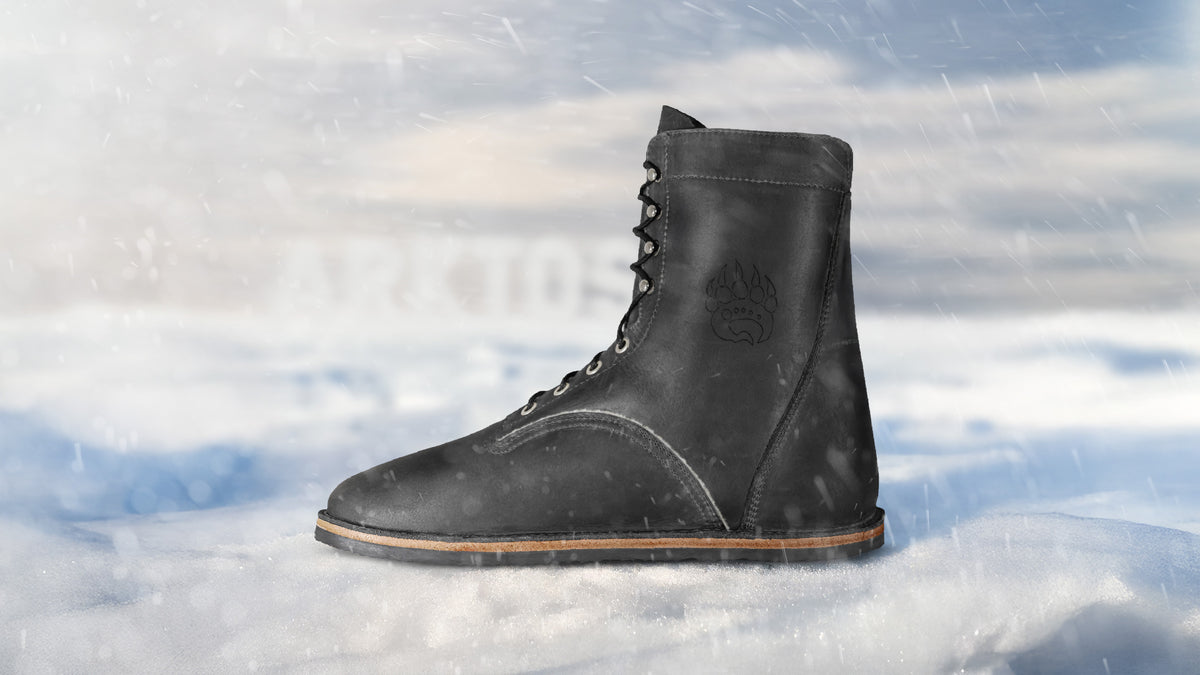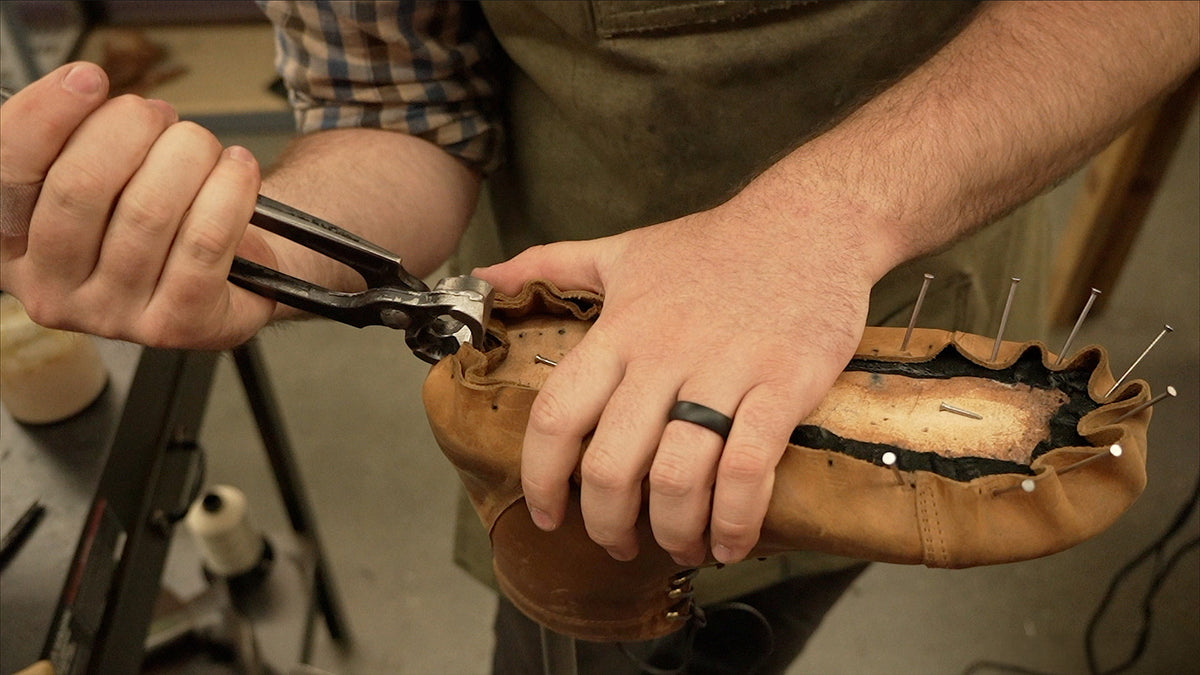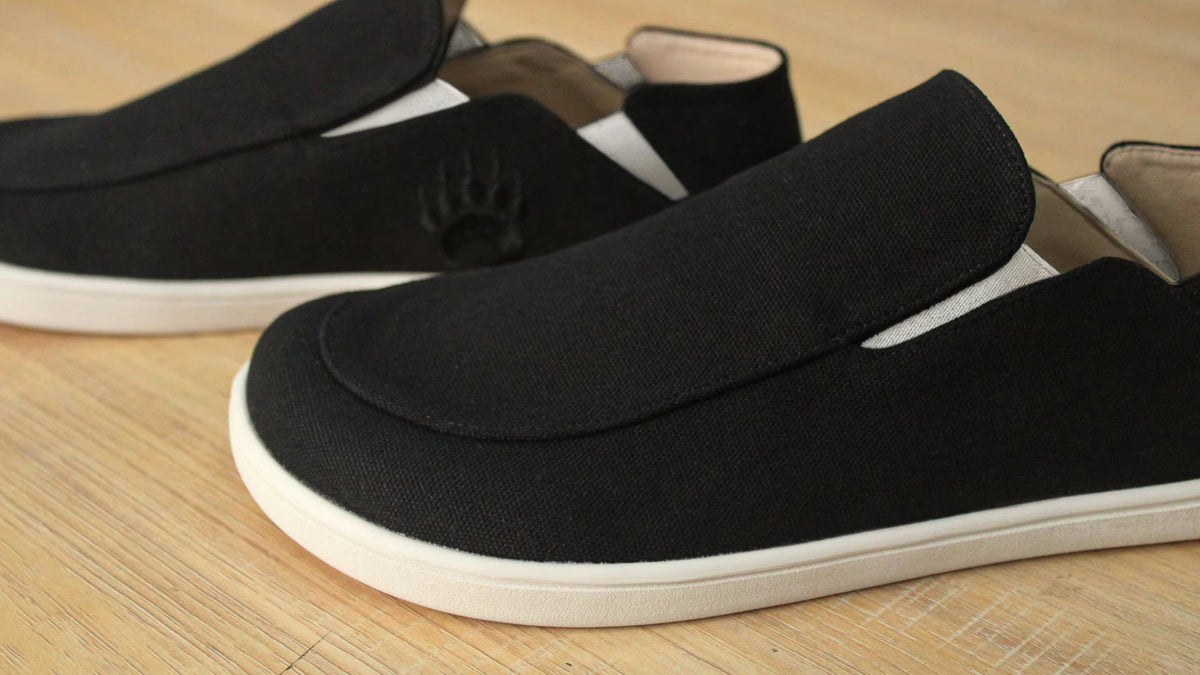Desk Job Foot Pain: How Your Office Shoes May Be Affecting Your Posture and Comfort
If you've ever experienced foot pain, stiffness, or discomfort during or after a long day at the office, you're not alone. Many desk workers struggle with foot-related issues that can affect their overall comfort and well-being. This article explores the evidence-based connection between footwear choices, sedentary work, and foot health, providing practical insights for office professionals seeking solutions.
The Scale of Workplace Musculoskeletal Issues
Work-related musculoskeletal disorders (MSDs) represent a significant challenge for both employees and employers. According to OSHA data, these conditions cost employers $15-20 billion in direct workers' compensation costs annually. When including indirect costs such as lost productivity, the CDC estimates the total economic burden of MSDs reaches $45-54 billion per year.
Liberty Mutual's 2024 Workplace Safety Index reports that overexertion injuries alone cost $12.49 billion annually, highlighting the substantial impact of workplace-related physical stress.
While comprehensive data specifically on footwear-related workplace injuries is limited, foot health is recognized as a foundational element of musculoskeletal wellness and postural alignment.
How Desk Work Affects Foot Health and Function
The Sedentary Foot Challenge:
Prolonged sitting reduces lower extremity muscle activation and can lead to weakened foot and ankle muscles over time. Research published in BMC Public Health demonstrates that sedentary behavior is associated with decreased muscle strength in the lower extremities.
The American Podiatric Medical Association notes that inadequate foot movement during the workday can contribute to stiffness, reduced circulation, and discomfort.
Your feet contain 26 bones, 33 joints, and over 100 muscles, tendons, and ligaments that work together to provide support, balance, and mobility. Like all muscles, foot muscles operate on a 'use it or lose it' principle. When we sit for extended periods, we limit natural foot movement and muscle engagement, potentially leading to weakness and dysfunction over time.
The Footwear Factor: How Shoe Design Affects Foot Function
Traditional Office Shoe Characteristics:
A 2019 study in Scientific Reports found that conventional footwear with elevated heels, toe spring, and arch support significantly reduces foot muscle activation during walking compared to barefoot or minimalist conditions.
Research in the Journal of Foot and Ankle Research demonstrates that restrictive toe boxes limit natural toe splay, potentially affecting balance and foot strength over time.
Traditional office shoes typically feature:
- Elevated heels that alter natural foot positioning
- Narrow toe boxes that compress the forefoot
- Rigid soles that limit natural foot flexion
- Built-in arch support that may reduce intrinsic foot muscle activation
Standing Desks and Footwear Considerations
Optimizing Your Standing Desk Experience:
Standing desks have gained popularity as a solution to prolonged sitting, with mixed but generally positive research outcomes. However, the transition to standing work requires careful consideration of footwear choices.
Proper footwear becomes crucial when standing for extended periods, as inappropriate shoes can lead to discomfort, fatigue, and potential injury. Key considerations include:
- Adequate cushioning for comfort during prolonged standing
- Proper arch support for individual foot types
- Sufficient toe room to prevent compression
- Appropriate heel height (minimal elevation recommended)
The Minimalist Footwear Alternative
Research on Barefoot and Minimalist Shoes:
Multiple peer-reviewed studies have examined the effects of minimalist footwear on foot function and strength. Research consistently shows that minimalist shoes can:
- Increase foot muscle activation during walking and standing
- Improve foot strength over time with proper transition
- Allow for more natural foot movement and toe splay
- Potentially improve balance and proprioception
A systematic review published in Sports Medicine found that transitioning to minimalist footwear can lead to increased foot strength, though proper gradual transition is essential to prevent injury.
Bearfoot's Professional Solutions
For office professionals interested in exploring minimalist footwear options, Bearfoot offers designs that balance foot health principles with professional appearance requirements:
- Wide toe boxes that allow natural toe splay
- Zero-drop soles that maintain natural foot positioning
- Flexible construction that permits natural foot movement
- Professional styling appropriate for office environments
Making the Transition: A Gradual Approach
If you're considering minimalist footwear for office use, a gradual transition is essential:
Week 1-2: Wear minimalist shoes for 1-2 hours daily
Week 3-4: Gradually increase to 4-6 hours daily
Week 5-8: Continue building tolerance while monitoring comfort
Important considerations:
- Some initial foot fatigue is normal as muscles adapt
- Discontinue use if you experience pain
- Consider foot strengthening exercises to support the transition
- Consult with a healthcare provider if you have existing foot conditions
Conclusion
While the relationship between footwear and workplace comfort is complex, evidence suggests that shoe choice can significantly impact foot health and function. For office workers experiencing foot discomfort, considering footwear alternatives alongside other ergonomic improvements may provide benefits.
Remember that individual needs vary, and what works for one person may not work for another. The key is finding footwear that supports your foot health while meeting your professional and comfort requirements.
Disclaimer: This article is for informational purposes only and should not replace professional medical advice. Consult with a healthcare provider or podiatrist for personalized recommendations regarding foot health and footwear choices.
Sources:
- OSHA - Musculoskeletal Disorders and Workplace Factors
- CDC - Work-Related Musculoskeletal Disorders & Prevention
- Liberty Mutual Workplace Safety Index 2024
- BMC Public Health - Sedentary behavior and muscle strength
- American Podiatric Medical Association
- Scientific Reports - Footwear and foot muscle activation
- Journal of Foot and Ankle Research
- Sports Medicine - Minimalist footwear systematic review




























